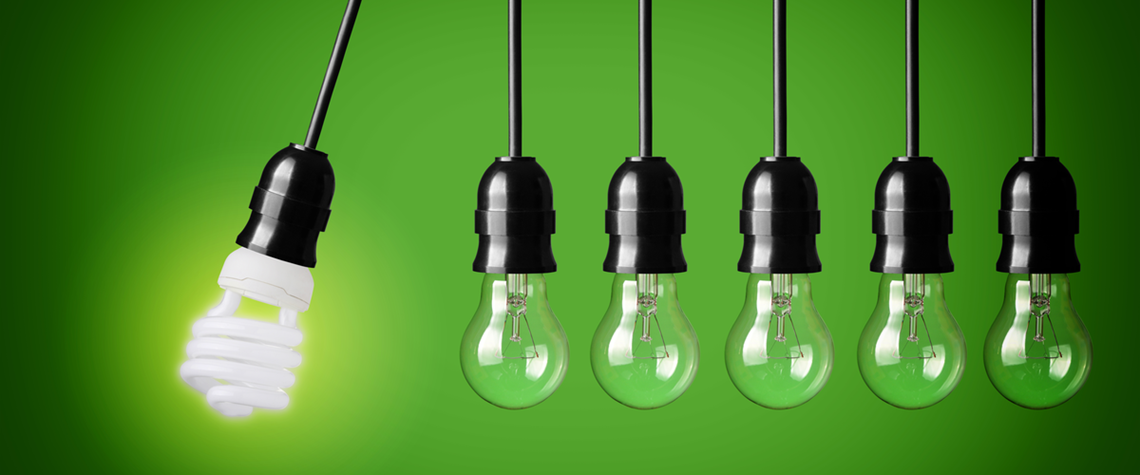More work needed on energy efficiency – IEA
Improvement rate must double for net zero to be feasible, agency says
The rate of improvement in energy efficiency gains must double from current levels to be on a pathway consistent with reaching net-zero emissions by 2050, according to the IEA’s Energy Efficiency 2021 report. Energy intensity—a measure of the global economy’s energy efficiency—is expected to fall by 1.9pc this year, after falling by only 0.5pc in 2020. But this is still well below the 4pc annual fall required every year up to 2030 in the IEA’s net-zero emissions scenario. Government policies are expected to help energy efficiency investments rise by 10pc in 2021, to almost $300bn. However, overall annual investment would need to triple by 2030 to be consistent with levels foreseen in the IEA

Also in this section
25 April 2024
Carbon capture rates forecast to rise steadily from end of decade, but policy tools to drive large-scale deployment have yet to take shape, according to DNV
23 April 2024
Europe must unlock cross-border CO₂ trade if it wants to build a viable CCS sector for the long term
16 April 2024
US and European oil majors snap up smaller players and look to accelerate development in a region deemed to possess all the key elements for successful CCUS deployment
15 April 2024
Demand for credits seen rising 20% this year despite issues around integrity and standardisation







